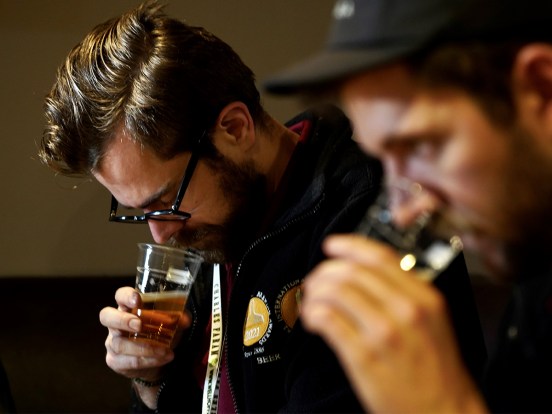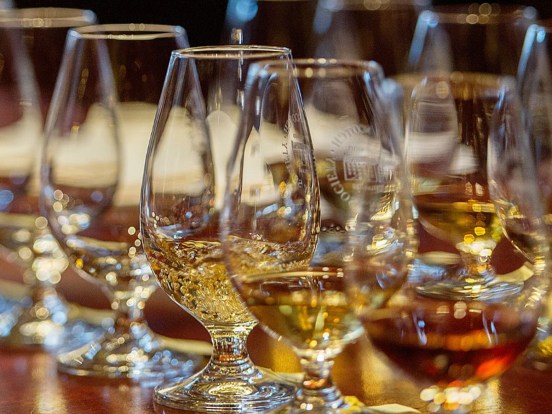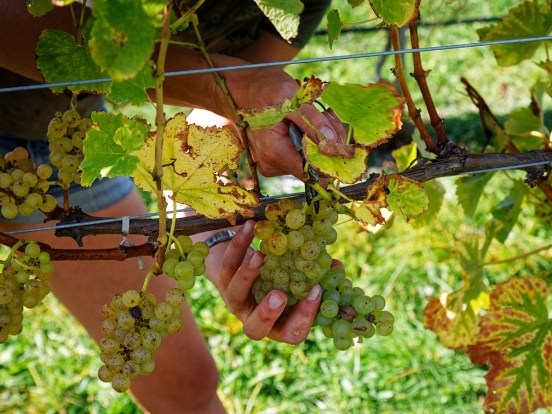By Charlotte Cowan
The following statement will not come as a surprise to anyone: the beer industry is struggling.
Post-pandemic has seen breweries both big and small shut their doors due to falling domestic consumption and rising costs, plus intense competition.
To name just a few breweries that have announced liquidation or closure in the last year, this includes Epic (saved at the last minute by The Russell Group and Hancocks Group), Deep Creek, Zeelandt and Cowabunga, and 8 Wired is currently up for sale.

“The current New Zealand beer market is certainly challenging,” Brewers Association of New Zealand Executive Director, Dylan Firth, tells The Shout NZ.
“With falling domestic consumption and rising costs across the board, breweries of all sizes are feeling the squeeze on profitability.”
But while the past has been bleak, the future may just be looking a little brighter.
“The coming months will be difficult for some but with inflation rates looking to ease and interest rates potentially dropping by late 2024, there will be some looking for stability on the horizon,” says Firth.
The changing market
According to Nick Riley, Client Director at CGA by NIQ, the trends of premiumisation, changing occasions and low- and no- are opportunities for breweries to gain traction in the market.
Premiumisation
A step above your standard brew, premium beers are often crafted with high-quality ingredients, creating complex flavour profiles and an attention to detail that sets them apart from mass-produced options.
Premium is often also defined as any lager above 4.5% ABV and any ale above 4.2% ABV.
“Consumers [will] pay extra for a better-quality drink and so the opportunity to leverage the premiumising demands of the market is there for craft brewers whose brands are able to tick the relevant boxes around quality,” says Riley.
Changing occasions
As budgets were squeezed post-pandemic, everyday occasions such as casual and after-work drinks bore the brunt, says CGA by NIQ’s Nick Riley.
“We see a great opportunity for craft brands to capitalise on the growing popularity of experience-led occasions, as craft drinkers engage with them more frequently than consumers of other beer categories,” says Riley.
“Brewers can look to work with the operators who’re organising events like these with a view to having their brands front-and-centre on menus, special offers and the like.”
No and low grow
Something that also can’t be ignored is the growth of non-alcoholic and low-alcohol beers.
NAB/LAB’s circa 40% value growth in 2023 made it the best-performing beer category in percentage terms.
The emergence of more and more alcohol-free variants, as well as standalone brands, has enabled consumers to broaden their engagement with, and enjoyment of, the category and we expect to see this upward trajectory continue, says CGA by NIQ.
The Kiwi landscape
So how can our breweries stay competitive? According to Dylan Firth, many of the beer brands that are strong in the current market are in that position for different reasons.
“Some will have a strong following of their limited release beers and direct-to-consumer sales through this following, all while still keeping a quality core range ticking over,” he says.
“Others have legacy on their side with consumers keeping to what they know and trust in terms of quality and product continuity.”
But Firth says there is no right answer.
“Each business will find its’s own mix of success. But what needs to be understood well is keeping true to your existing customers, while knowing what their changing needs are – if any at all.”
Tips and advice
For new breweries, or those looking to build a stand-out brand, Firth’s key tips include:
• Differentiate through quality, innovation and authenticity rather than just chasing trends.
• Invest in your brand storytelling and identity with it as much as the product itself.
• Focus relentlessly on consumer connections through taprooms, events and digital engagement.
• Consider niche positioning targeting an underserved consumer segment. Who is the underserved consumer? Is there a new market there?
• To save on costs, explore opportunities in areas like sustainability (energy, water, by-product reuse) and packaging innovation. But make sure you are laser-focused on maximising output per brew and minimising any waste.
How to leverage the younger market
Firth says millennials have been a big part of the growth of craft beer.
“As they are aging – with possibly more disposable income – breweries need to double-down on innovation, bold flavours and positioning craft beer as an affordable luxury experience,” he says.
“Leveraging social media influencers, creating an air of exclusivity around limited releases, and aligning with environmental values through sustainability initiatives is important.”
Insights from a Kiwi brewery
Joe Emans, founder and brewer at Taranaki’s Three Sisters Brewery – named Champion International Small Brewery and quadruple Gold Medal winners at the 2024 Australian International Beer Awards – shares his thoughts and advice on the current brewing landscape.

What are your thoughts Kiwi beer industry at the moment?
It’s tough out there right now, the retail price of beer has not gone up for about four years (not even with inflation), and the costs have increased about 30% (labour, rent, energy, excise), ingredients less so.
Despite this, consumers are buying less because they still can’t afford it right now. Hospo is suffering too, which means less keg sales, although margin on kegs has reduced so much, this is less of an issue.
Why do you think Three Sisters has held its own and continues to thrive?
We are small (by most brewery standards in New Zealand), and we were growing rapidly when things starting turning down, so our growth has been stifled a little – but our sales have continued to grow.
We have had to be brutal on cost-cutting and only have two-and-a-half staff now. [Co-founder] Sarah and I are involved everywhere and I’m the only one on the brew team. It helps not to have employees on the brewing side, as I don’t feel the need to keep them busy, and can focus on higher-margin beers and package formats.
What marketing strategies do you employ or do you think are important for any brewery?
For us it has always been quality of product ¬– make the best beer we can and hope the sales follow.
What tips or advice would you give to a new or struggling brewery to remain competitive?
Perhaps counter-intuitively, reduce production and focus on where the margin is. Find a point of difference and hope it resonates with the market.
Looking ahead, what do you think the Kiwi beer industry will look like in the next two to three years?
I imagine there may be a few more go under. I also think craft beer production may shrink. We really need to see consumers happy to pay more for higher quality beers, and relief on excise or a sliding scale for smaller breweries would really encourage creativity in the industry.
Looking ahead
Even with falling inflation, it may be some time yet before consumers truly feel that the cost-of- living crisis is behind them,’ according to CGA by NIQ’s report.
So, many of the behavioural changes and market dynamic shifts that we’ve seen over the last year or two will likely continue.
“The key thing for craft brewers will be in achieving effective messaging around quality, provenance and craftsmanship, variety and style differentiation to ensure that brands can simultaneously hold their own alongside the winning names from other categories and stand out as accessible and desirable options,” says Riley.
How to catch up with The Shout NZ…
Online, updated daily with its own unique content and breaking news.
Our weekly newsletter – free to your inbox! Subscribe here.
We are also on Facebook and Instagram!





